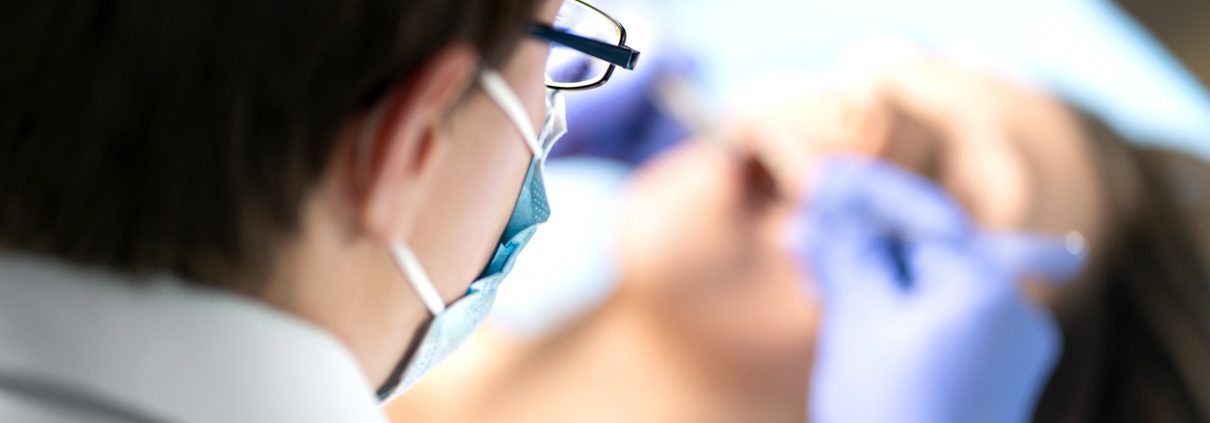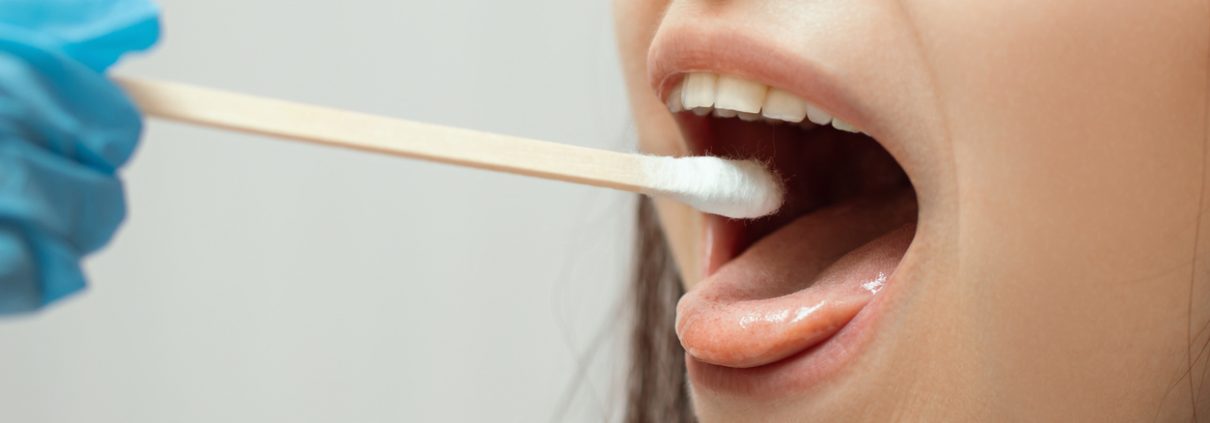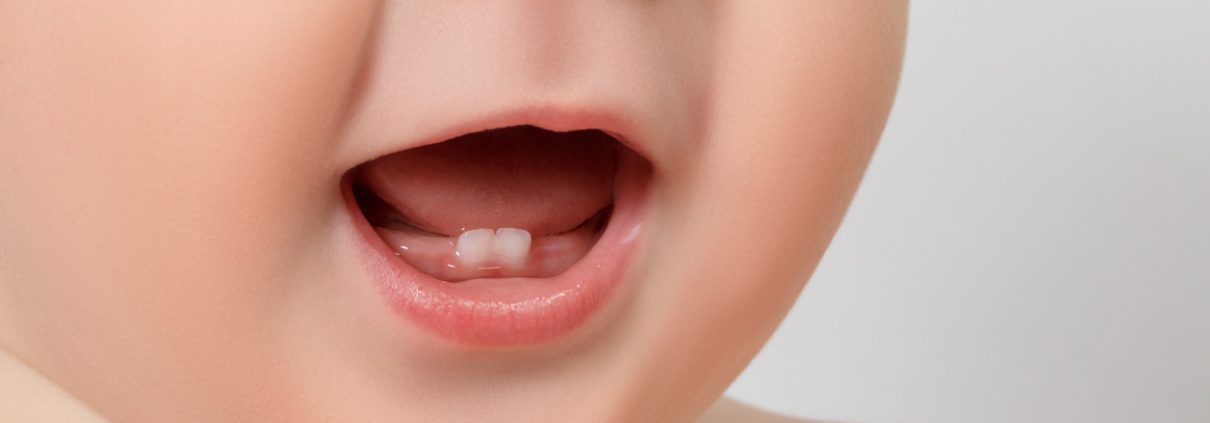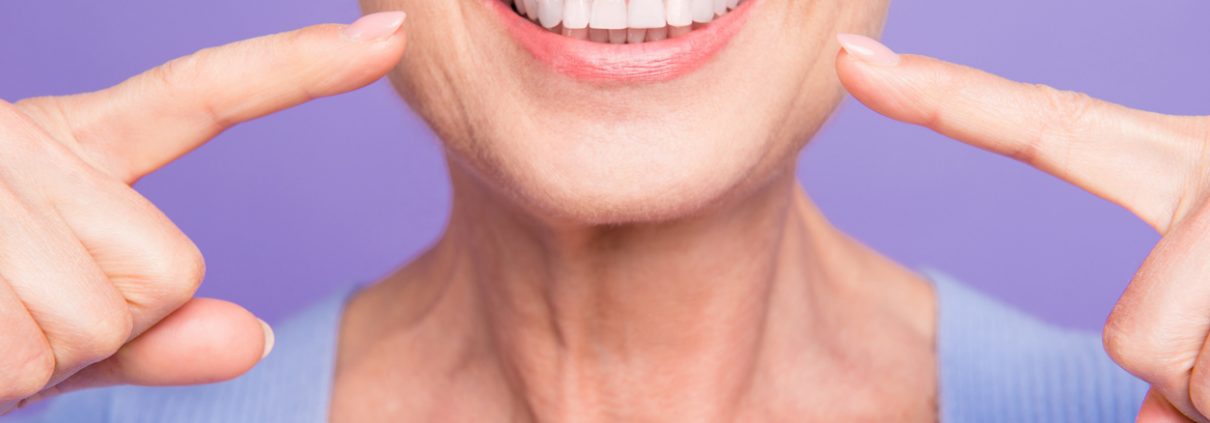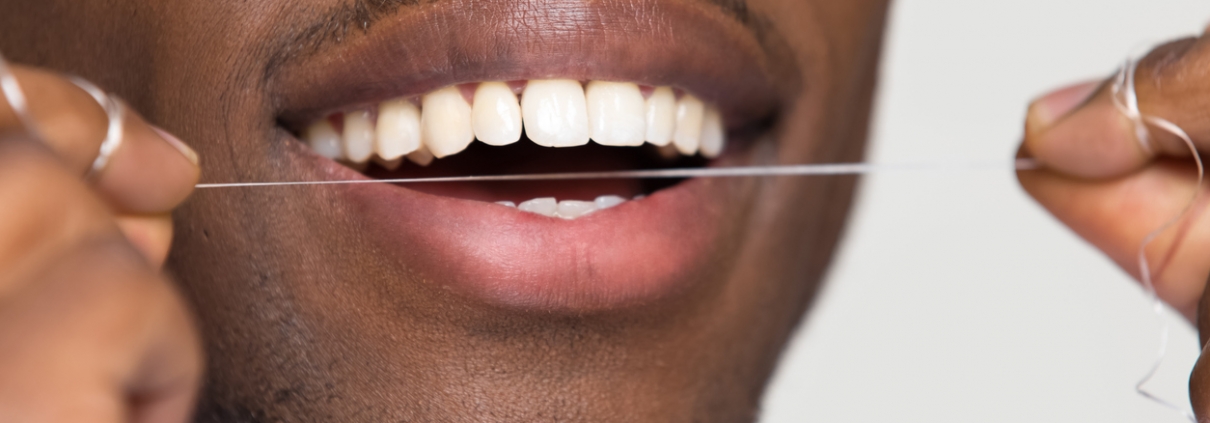Sometimes there is a bitter taste in the mouth that can not be eliminated by eating sweets. Bitterness in the mouth depends on various factors, and with some measures, this taste change can be eliminated. A bitter or bad taste in the mouth can be a natural reaction to spicy and sour foods.
Taste is a complex sensation that can be caused by many factors, such as poor oral hygiene, dry mouth, or pregnancy. Treating a persistent bitter taste in the mouth can be controlled with some simple home remedies.
Signs and symptoms of bitter taste in the mouth:
Bitter and persistent taste in the mouth is medically known as taste insufficiency. This taste has been described as an unpleasant taste and can last for a long time until the cause is determined. People with taste impairment may experience a persistent unpleasant taste, which is often one of the following:
Bitter
Metal
The taste can hardly be changed for a short time by eating or anything else. A person may still feel the bitter taste even after brushing.
Many of the causes of bitter taste in the mouth are not serious, however the symptoms can cause irritation or interference with a person’s regular diet or enjoyment of daily life.
The following conditions can cause a bitter taste in the mouth:
Dry mouth:
Dry mouth is also known as dry mouth and occurs when the mouth does not secrete enough saliva. Because saliva helps reduce bacteria in the mouth, having less saliva means more live bacteria in the mouth.
People with dry mouth experience a feeling of stickiness and dryness in their mouth, which can be due to factors such as medication, smoking or pre-existing disorders. A person also experiences dry mouth with a stuffy nose. Because breathing through the mouth causes it to dry out. People with persistent dry mouth should consult their doctor for a diagnosis.
Oral issues:
Poor oral hygiene can also cause a bitter taste in the mouth or it may increase cavities, infections and gum disease or gingivitis. Many common oral and dental problems can be eliminated or prevented by brushing or flossing. The use of antibacterial mouthwash while brushing also minimizes harmful bacteria.
Pregnancy:
Many pregnant women complain of a bitter taste or metal in their mouths in the first 3 months. The body’s hormones fluctuate during pregnancy, and this fluctuation can affect the senses, which can make the taste of some foods unbearable. This taste disappears with the progression of pregnancy or after childbirth.
Burning mouth syndrome:
Burning syndrome is a condition that causes a burning sensation in the mouth. This feeling can be completely different, but many describe it as eating hot peppers. In addition, some people can feel the bitter taste in the mouth.
Symptoms of mouth burning syndrome may be sporadic but can also be chronic and long-lasting. Some people with this syndrome may have trouble eating or drinking, while others may not have these symptoms.
Menopause:
Menopausal women may experience a bitter taste in their mouth, which is due to low levels of estrogen in the body, and may be due to dry mouth.
Thrush:
A yeast infection in the mouth often causes white spots on the tongue, mouth and throat. It may also cause a bitter or unpleasant taste in the mouth, and may persist until the infection is cured.
Acid reflux:
Gastric acid reflux disease can be an unintended source of bitterness in the mouth.
If you read in this section of Moist Health, this disease tends to irritate the fallopian tubes and cause burning in the chest or abdomen. It can also cause a rotten or bitter taste in the mouth and as long as there are other symptoms. Have, may continue.
Stress and anxiety:
High levels of stress and anxiety can trigger the body’s stress response, which often changes a person’s sense of taste. Anxiety can also cause dry mouth, which is often accompanied by a bitter taste.
Nerve damage:
Nerves, like the rest of our senses, attach taste buds directly to the nerves in the brain. Nerve damage can change the way a person deals with tastes. Nerve damage can be from a head injury or other condition, which as follows:
Epilepsy
Multiple sclerosis
Brain tumors
Oral medications and supplements
In some people, certain medications, supplements, and medical treatments may cause a bitter taste in the mouth. You should consult your doctor to find out about the medications you are taking.


